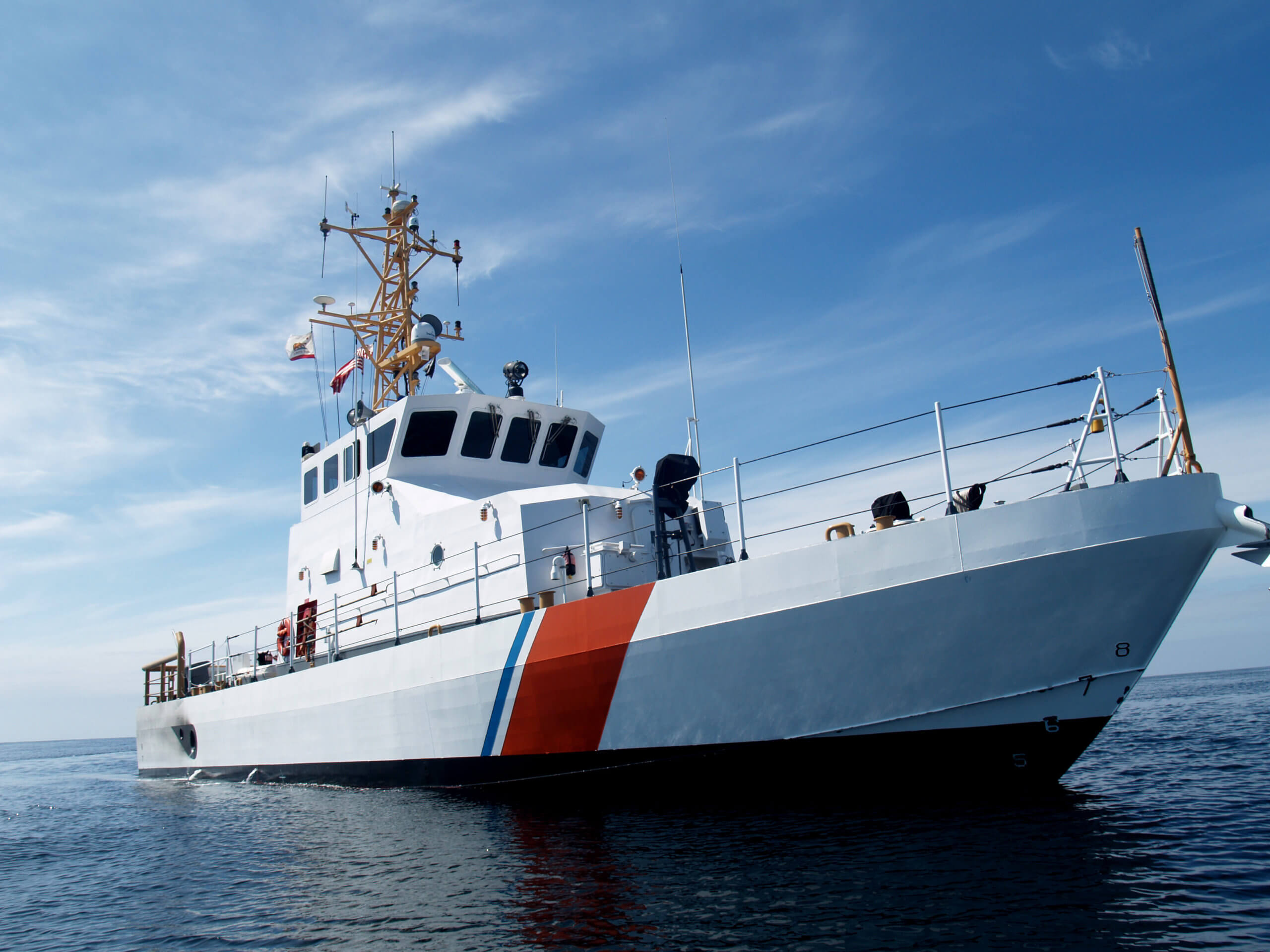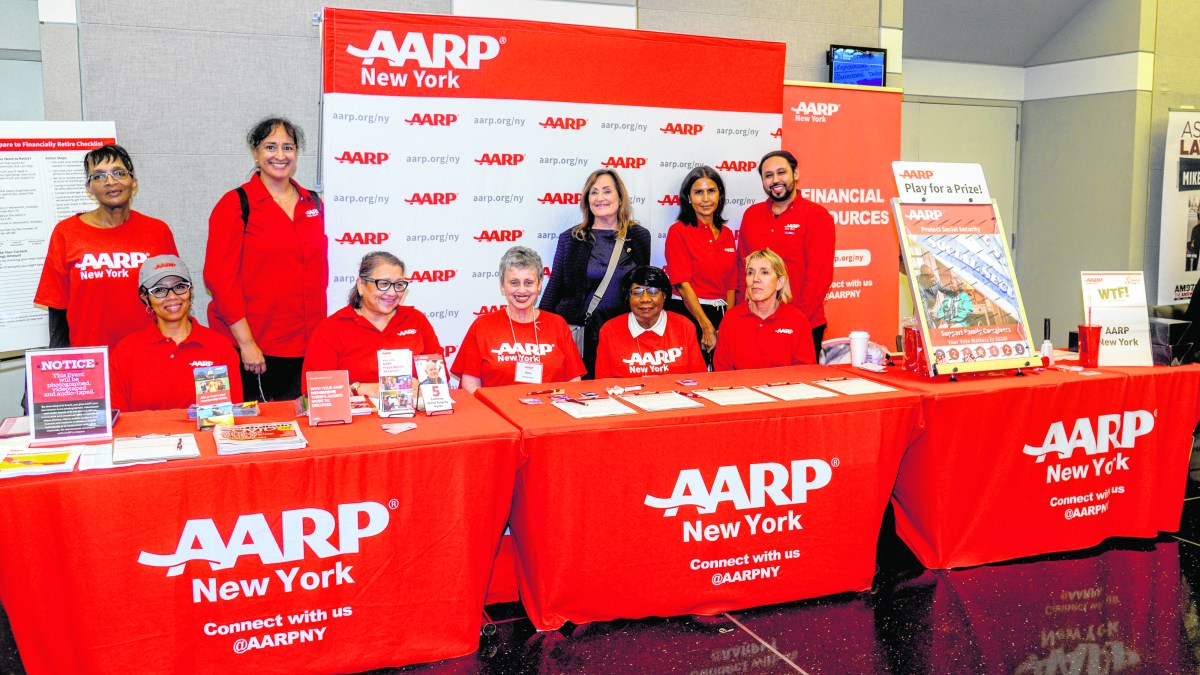Preventing A Collision At Sea, Part XII

Continuing our focus on lights and shapes in this section of The International Regulations for Preventing Collisions at Sea (COLREGs Rules 21-31), let’s dig in a bit, since, if you go outside the bays, this knowledge is expected to be known by you and the men and women driving the “1000 footers” loaded with cargo from places far away. Failure to understand what these monsters are “saying” to you can be frankly, catastrophic — and it won’t be them that come to grief if there is a collision at sea with your Grady White.
Rule 22 – What Does It Say?
Rule 22 is very straight forward. It says, by United States Coast Guard specifications, lights must be visible at the following distances — on a presumably fair night. If the weather is foul, both you and the approaching vessel will be a lot closer when you first see each other.
Type of Light Vessel Length (meters) Visibility in miles
Masthead <12 2
12 – 20 3
20 – 50 5
50 – > 6
Side Light <12 1
12 – 50 2
50 – > 3
Stern, including <50 2
All-Around and 50 – > 3
Towing Lights
Happily, manufacturers adhere to these specifications maniacally — but be wary if you pick up something off-market or even from older vessels where specs may have been different. By the way, want to convert meters to feet easily? Multiple the meters by three, then add 10 percent of the answer back and you are within inches.
20 meters * 3 = 60;
60 + 10% (6) = 66 feet by Capt’n Vin
65 ft. and 7.40157 by the International System of Units
Off by 4.5 inches . . . close enough?
Rule 23 – What Does It Say?
Now we start getting into the “holiday” section. Many vessels exhibit so many lights they look like lit up Christmas trees. Rule of thumb: the more lights, the bigger a problem it will be for you if it hits you. And “yellow,” as usual, means “caution.” In fact, I teach that yellow lights mean “stay well clear.”
Rule 23 specifically speaks about power-driven vessels — from ours up to the monsters. Anything over 50 meters requires two masthead lights — one forward and one aligned with it, abaft (behind) and above it. To the uninformed, this can look confusing, since it is common practice to align the side lights under the aft masthead light. This puts this solitary white light ahead and can appear, to the uninformed, that it is a large vessel underway in reverse. Definitely don’t try to go between the two white lights by falsely believing that the solitary white masthead is a vessel at anchor near another vessel exhibiting a masthead and side light!
By the way, you already know that regulatory lights on the water are blue, not red, so if you see a red flashing light, what is that? It is a hovercraft (known as a Wing-in-Ground [WIG] craft under the Rules) underway.
Rule 24 – What Does It Say?
Here is another set of lights not to go between at night (I can’t imagine how you’d go between them in daylight!) Rule 24 is about what lights — and “shapes” — towing vessels shall (must!) exhibit. A towing vessel must have two masthead lights in a vertical line, one above the other. If the towed object is more than 200 meters — over a tenth of a nautical mile — astern, there must be three masthead lights in a vertical line. She must also have a towing light (yellow, per Rule 21) above her stern light. All other lights must conform to a power-driven vessel (Rule 23).
What about the shape? When underway with a tow over 200 meters aft, in all conditions (but you’ll only see it in day light), a towing vessel must also carry a “diamond shape where it can best be seen. This is the equivalent of the three masthead lights for night/foul conditions.
What about the towed vessel? It must show lights, and shapes, just like a power-driven vessel except it doesn’t need a masthead light. But it does need side lights and a stern light, plus a diamond shape if the towing vessel also exhibits one. Unfortunately, this is what has caused, from time-to-time, the uninformed to try to go between what they believe are two vessels with catastrophic results. You can imagine the tension that the towing hawser between the tower and towed is under. Hitting that is like hitting a steel clothesline, at speed.
Rule 24 has a brace of other issues related to multiple towed vessels, side tows (“on the hip”) and more, but remember my rule of thumb — the more lights, the greater the distance to stay away!
If interested in being a part of the Unites States Coast Guard Forces, email the author at JoinUSCGAux@aol.com.



